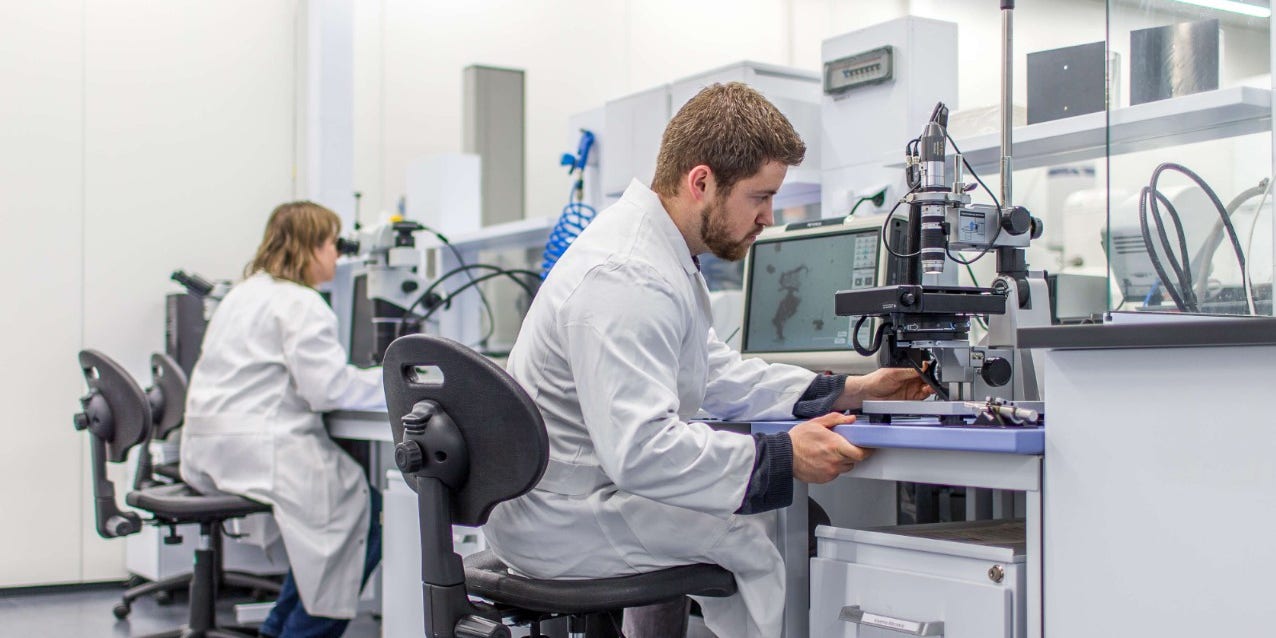State-of-the-art simulation processes for innovative filter media
This is how we develop new filter media
Finer, with a higher performance and always better: the engineers at MANN+HUMMEL use modern simulation methods to develop new filter media. This enables us to improve filtration performance for many varied applications and requirements.

The display shows huge, rugged cavities, ledges and depressions. There are fiber structures on the screen which would otherwise not be visible to the human eye. This picture makes us think of distant planets or the depths of the oceans, or of a world which is outside of our universe. "This thought is not entirely wrong", says Friedemann Hahn, development engineer at MANN+HUMMEL. "It is actually a hidden microcosmos which we make visible." He and his colleagues are using modern simulation modeling to optimize new filter media.
"The requirements for modern filters to protect people, engines and machines are increasing all the time. Depending on the field of application, our filters have to meet a number of different requirements", explains Hahn. "Using high performance software we design and perfect new filter material structures which are able to meet these requirements."
The virtual prototype: in pursuit of dirt particles
For this purpose, Hahn and his colleagues firstly use a computerized tomography to get a detailed picture of the filter medium. This image reveals the microscopic structure of the filter material. These structures, measured in micrometers which would not be visible to the naked eye, now become visible. An analysis of these structures identifies the characteristic features of the filter material such as fiber diameter, fiber-packing density and the structure of the individual material layers. In the next step, the knowledge from this data is used to develop a virtual, parametric model of the filter material. This results in a virtual prototype which developers can use to literally enter the microcosmos.
"The model shows us clearly where and how the individual dirt particles are distributed in the filter medium. We can now, for example, adjust certain parameters to change the characteristics of the medium. This enables us to understand the different effects on performance which result from changing the individual parameters", explains Hahn.

Step by step to the best result: finer filtration is not possible
The special point about this simulation model and this process is that up to now all the working steps have taken place on the computer. Therefore, engineers save a lot of time and resources in the development process. "As opposed to conventional research methods, we no longer have to conduct experiments with testing equipment. Instead we can selectively examine new types of material structure solely on the computer", says Hahn. "The filter media developed in this way are then subsequently tested under real conditions."
This results in filter media with the ideal characteristics for specific applications.